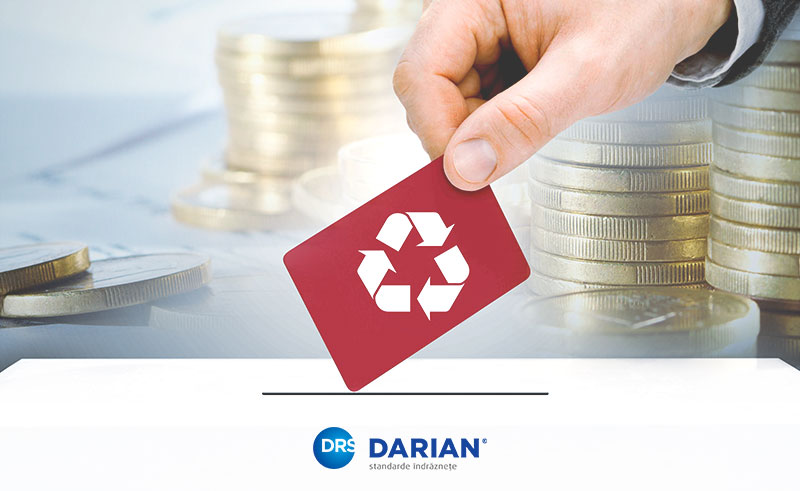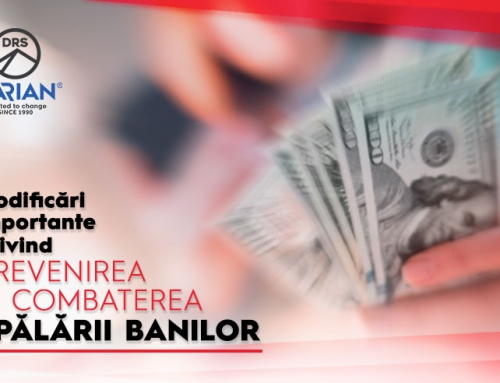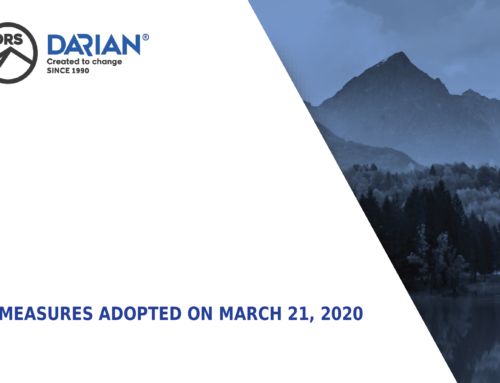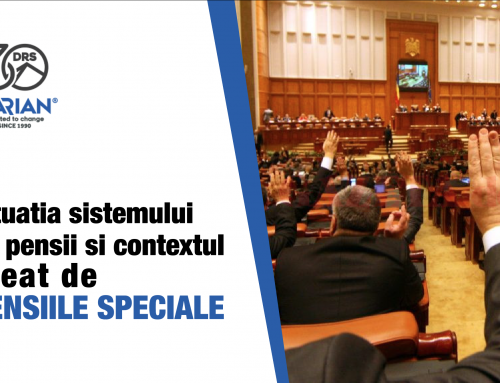Tax exemption on reinvested ptofit is a tax incentive for companies operating in any industry / industry under certain conditions set out by law (detailed below).
Although the provisions of the Tax Code valid until the end of 2016 provided for the application of this tax facility only for aassets produced and / or purchased and put into operation until December 31, 2016 inclusively, through amendments to the Tax Code by Emergency Ordinance no. 84/2016 (in force since January 1, 2017) the investment process has been even more impelled.
Thus, the changes on tax exemption on reinvested profit, in effect from January 1, 2017 concerned both the extension of the reinvested profit facility and the right to use the software, as well as the introduction of its unlimited application over time.
However, at the time of the application of the tax exemption on reinvested profit, companies must pay more attention to the conditions laid down by the law to benefit from this tax facility, since an erroneous application may lead to this being canceled, which may generate additional corporate tax, as well as interest and penalties for late payment.
Legal Provisions
Article 22, paragraph (1) of the Tax Code currently in force defines the categories of assets for which companies may apply the tax exemption on reinvested profit as follows: “(…) technological equipment, electronic computers and peripheral equipment, cash machines, control and billing machines, (…) software programs, and (…) the right to use software, products and / or purchased software, including on the basis of financial leasing contracts, and commissioned, used for the purpose of development of economic activity (…) The tangible assets (…) provided in subgroup 2.1, respectively in class 2.2.9 of the Catalogue on the classification and normal durations of operation of the fixed assets, approved by Government Decision“.
The steps a company must undertake to calculate the tax on exempted reinvested profits for the purpose of applying the tax facility are as follows:
1. Calculate the corporate tax for the quarter in which the fixed assets are commissioned (according to the tax rules);
2. Calculate the corporate tax on the reinvested profits (namely the gross profit, determined as accounting profit plus the corporate tax expense) – at this stage it is necessary to analyze whether the gross accounting profit for the period from the beginning of the year to the quarter o the commissioning of the assets covers the investment made. Thus, two scenarios are identified:
a) when the gross accounting profit covers the investment – the exempted profit tax is calculated as 16% x the value of the investment;
b) when the gross profit does not cover the investment – the exempted corporate tax is calculated as 16% x the accounting gross profit;
3. The amount of the profit for which the reinvested corporate tax exemption was granted shall be distributed at the end of the financial year, with priority to reserves as follows:
a) distribution to the legal reserve – if there is an obligation to establish it according to the law. In the event that after the distribution to the legal reserve the amount of profit for which the the relief has been granted is not fully utilized, the surplus is allocated to other reserves;
b) distribution to other reserves – the level of the reserve is calculated as the amount of the invested profit (namely the value of the investment or the gross amount of the gross profit, as the case may be, as detailed in section 2) less the value assigned to the legal reserve (if needed).
4. Finally, statement 101 declares the amount of the tax exempted reinvested profit.
Nevertheless, we draw attention to the fact that tax legislation also provides some aspects that have to be considered according to the specific situation of a company.
Practical Aspects
In practice, the application of the tax relief facility on reinvested profits may raise certain difficulties, given that companies have to comply with a number of conditions specifically provided for by legislation.
Here are some aspects that need to be considered for applying the facility:
- A first condition for the application of this tax facility is the commissioning of the assets and their use for the purpose of carrying out the economic activity, since the mere acquisition is not sufficient to benefit from the tax exemption on the reinvested profits;
- the tax exemption on the profit invested in the acquisition of the right to use the software applies only to those purchased and used starting from January 1, 2017;
- tax exemption on reinvested profits is granted only for assets that are considered as new or that have never been used before commissioning (second-hand equipment does not fall under the relief of reinvested profits);
- the tax exemption on reinvested profts is granted within the limit of the corporate tax due in the respective quarter / year;
- if other investments were made in the prior quarters of the year, from the aggregate gross accounting profit from the beginning of the year the amount of previously invested profit for which the facility was applied shall be deducted;
- If it benefits from this tax facility, the company cannot opt for the accelerated depreciation method for assets that are subject to reliefed tax on reinvested profits. Companies should analyze what implications occur if they apply the accelerated depreciation method for property, plant and equipment before applying the tax facility;
- assets that are subject to tax exemption on reinvested profits must be retained in the company’s patrimony for at least half the legal period of use but no more than five years (except for statutory situations such as transfer under reorganization operations, sale in the bankruptcy procedure or proven cases of destruction, loss, theft or defective and replaced) – otherwise, the company will recalculate the corporate tax and will file a corporate tax return (also for these amounts they will owe interest and delay penalties);
- tax regulations do not provide for the obligation to have a special decision of the company’s management, decision of the director or decision of the GMS, etc. to access the tax facility.
In conclusion, it is necessary that at the time when the company decides to apply the facility of the tax exemption on the reinvested profits to carefully check that it meets the legal requirements, so as to eliminate the risk of applying a wrong treatment that could lead to the establishment of an additional corporate tax, as well as interest and late payment penalties.
Article published firstly on Avocatnet.ro.



Suntem soluția eficientă în oferirea de servicii complexe de evaluare și consultanță pentru clienții corporativi. Echipa noastră de specialiști asistă clienții în soluționarea diverselor spețe cu impact fiscal.






